Umbria is quite craggy above its little rivers. The Via Flaminia, the ancient main road from Ariminum to Rome, bypassed the important Umbrian city of Iguvium, located on a defensible slope above a well-enclosed mountain valley. The modern name of this city is Gubbio.
Gubbio and environs seem to have been prosperous in medieval times. It is said that the city sponsored 1,000 knights for the First Crusade, and the knights of Gubbio legendarily recaptured the site of the Holy Sepulchre in Jerusalem. A “knight” as a unit included at the minimum not just an armored warrior on horseback, but also a squire or dogsbody, a stable hand for the horse, and a man-at-arms. Gubbio's 1,000 knights, if an accurate number, would represent a 4,000 man expedition, which is larger than a modern American infantry brigade. That seems a lot for such a little place, but Gubbio was nearly continuously at war throughout the medieval and Renaissance era.
Some centuries after the First Crusade, Gubbio warded off incorporation by Florence, but was ultimately incorporated by the Papal States. Family alliances came and went, but through it all Gubbio remained a tough nut to crack. Medieval/Renaissance Gubbio was a walled fortress city, a stony maze of streets and towers with no weak spots. Considerable sections of the walls remain today.
Of course, as a tourist myself, who am I to pontificate on these matters concerning places far from home. Walking the cobbles of Gubbio, I meditated on the contradictions.
Gubbio seemed very different from the other places we had visited — far up on its mountain, still holding on to an age-old interior self. The Great Outside has found it, but not overwhelmed it.



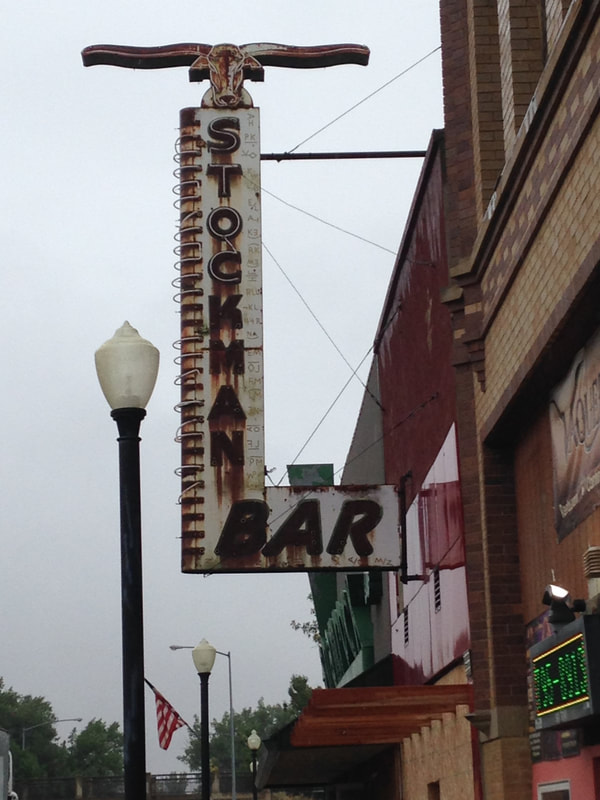
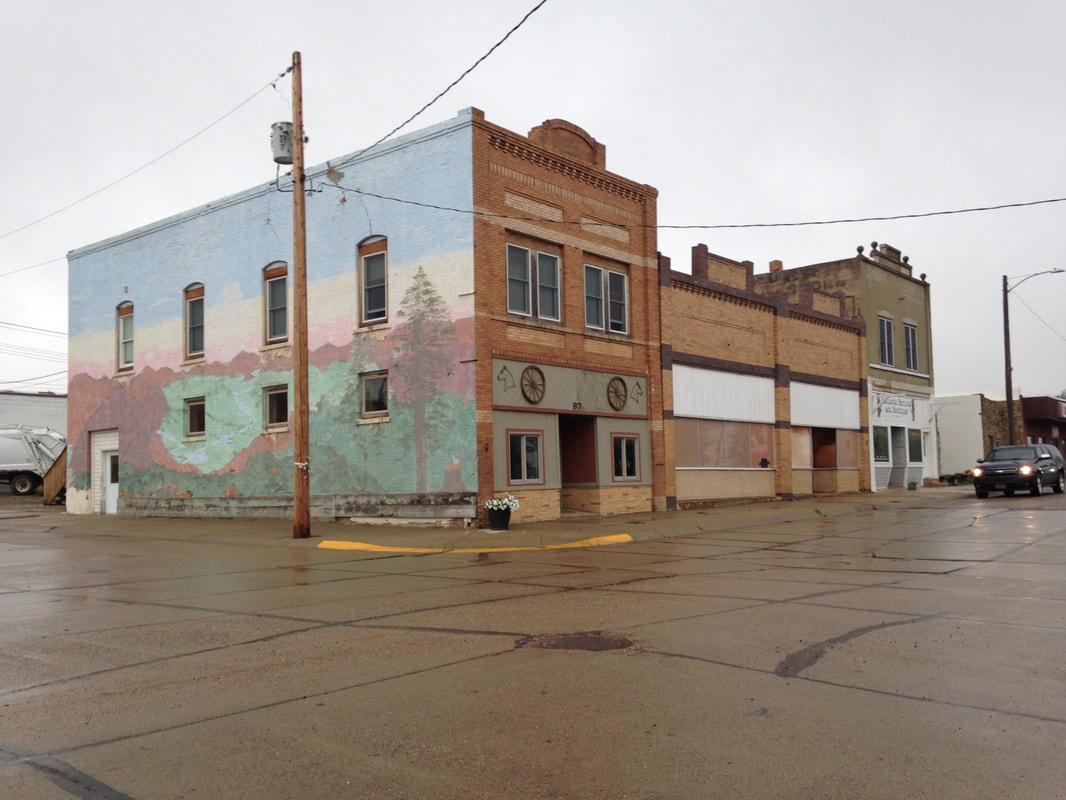
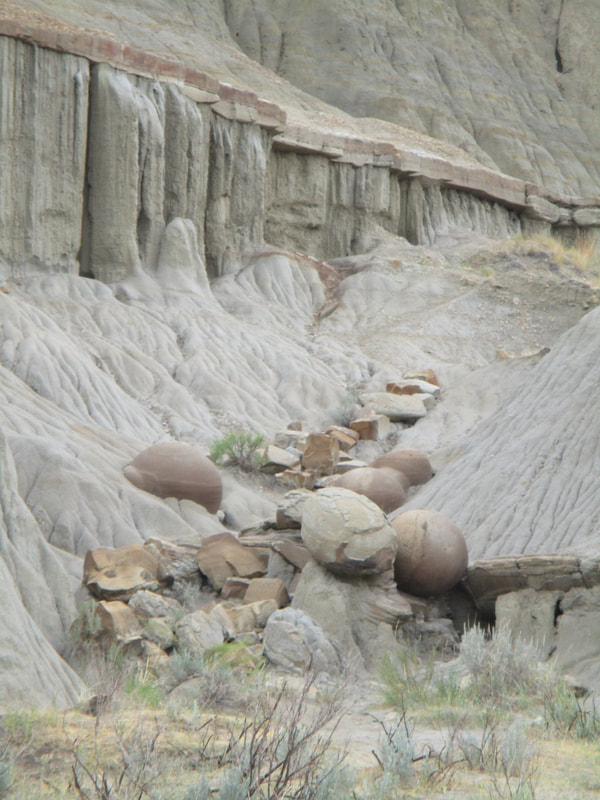
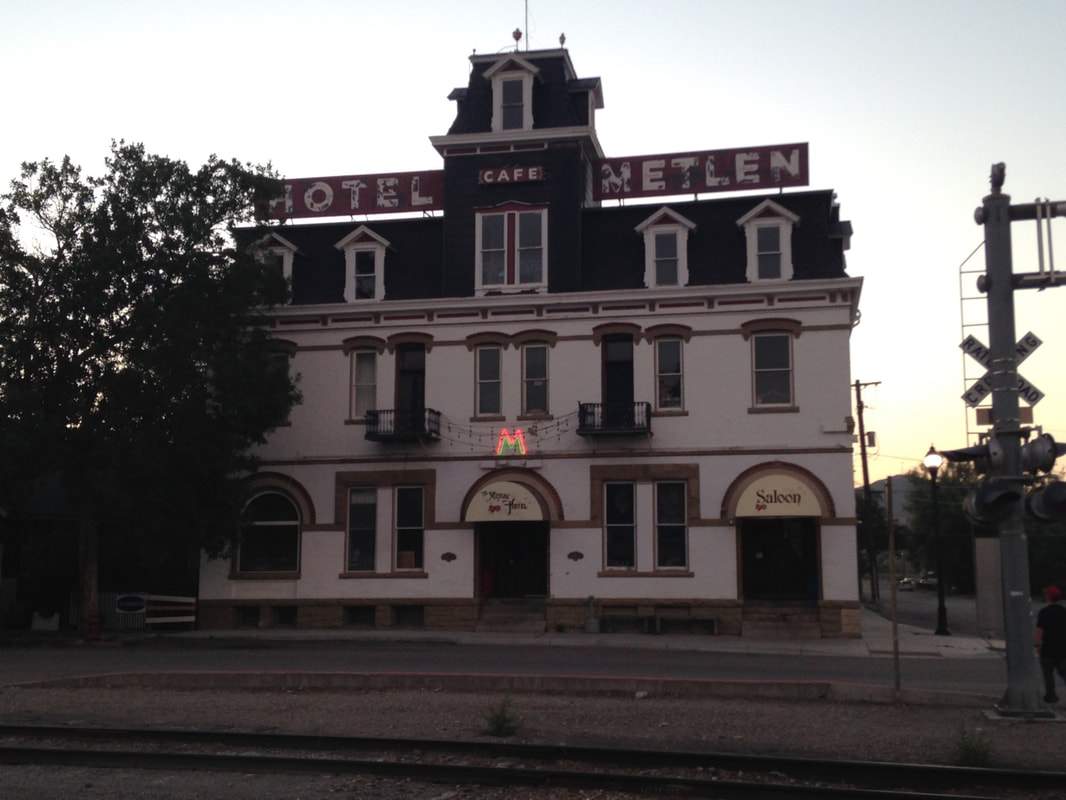

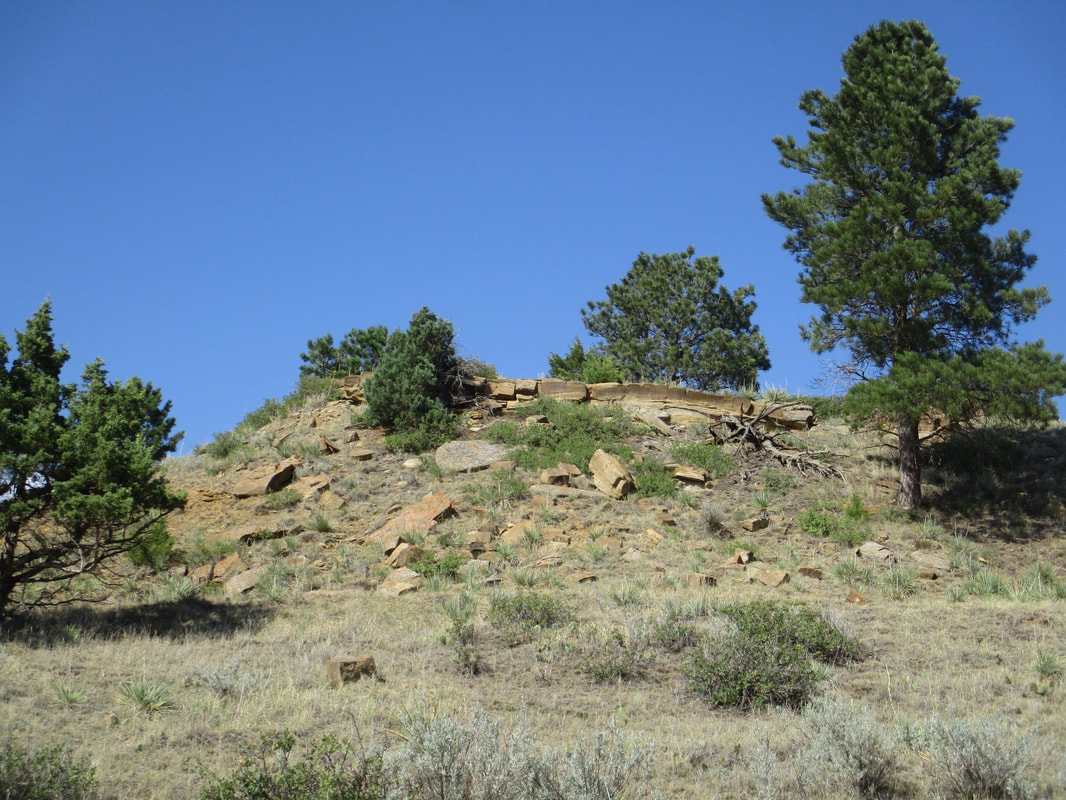
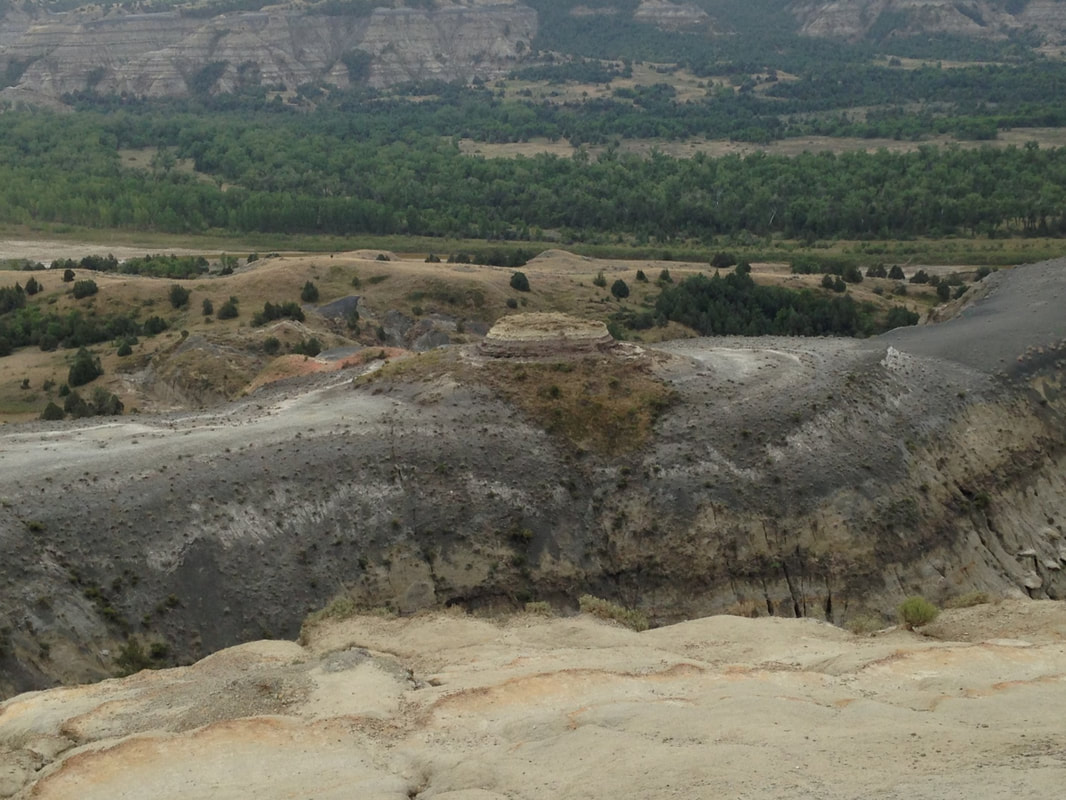
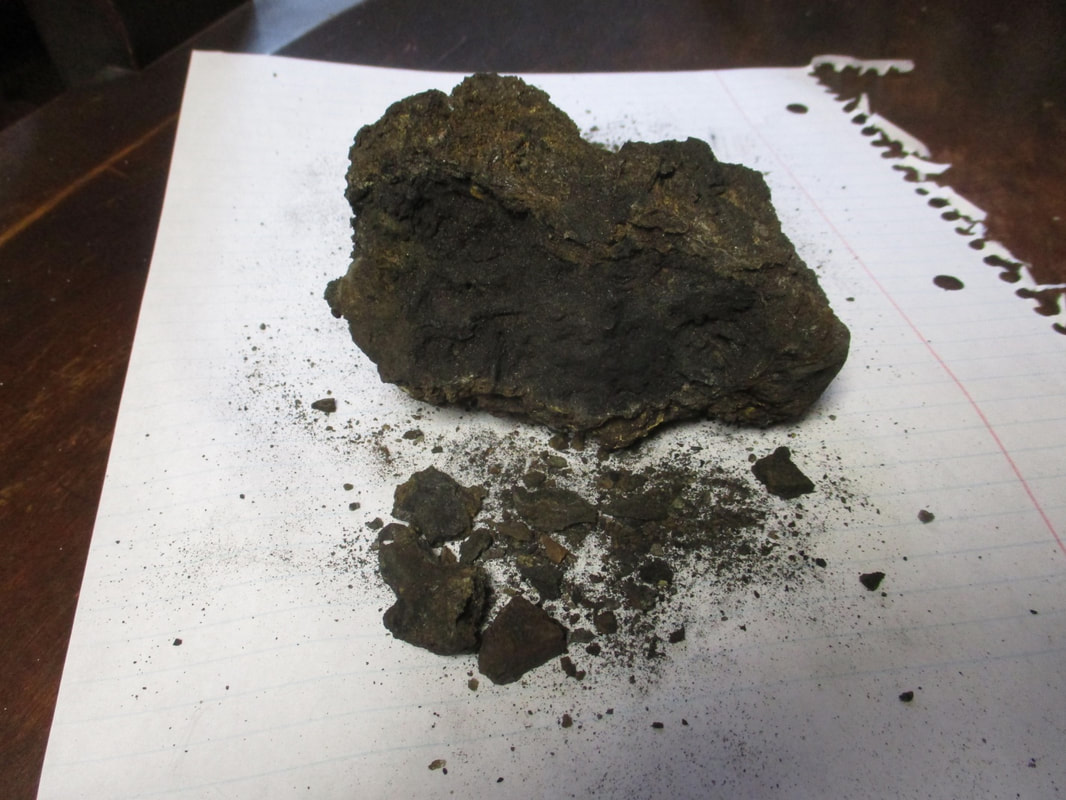
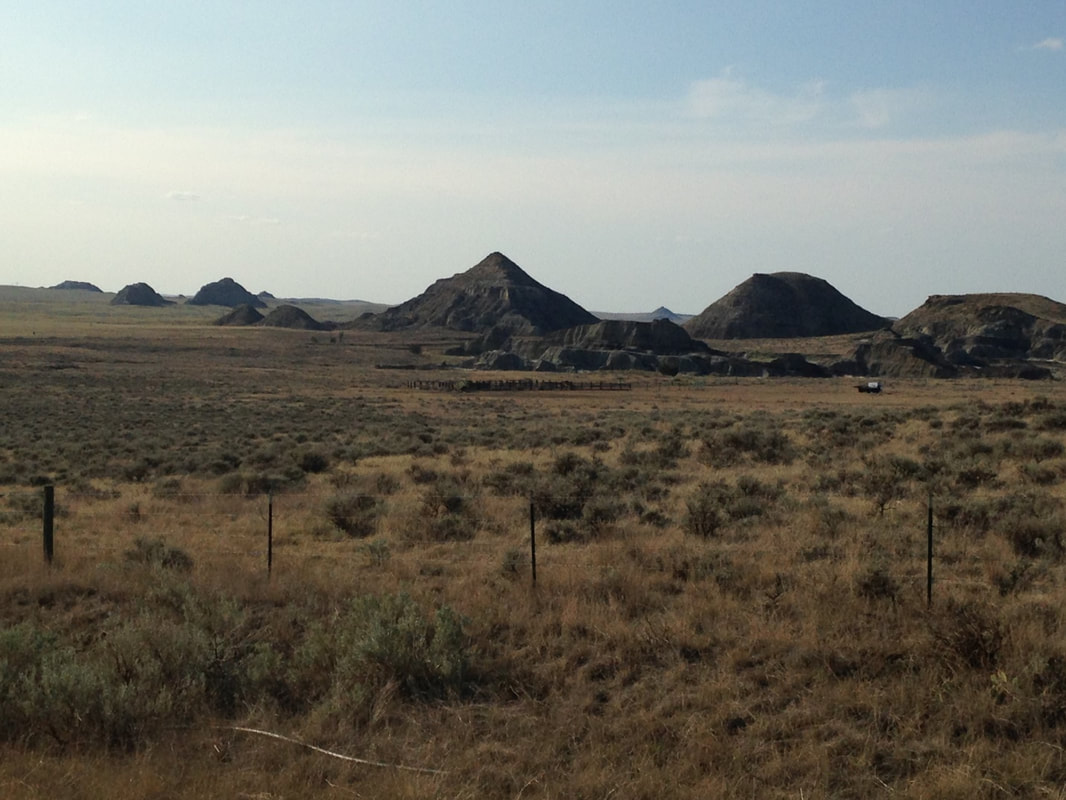
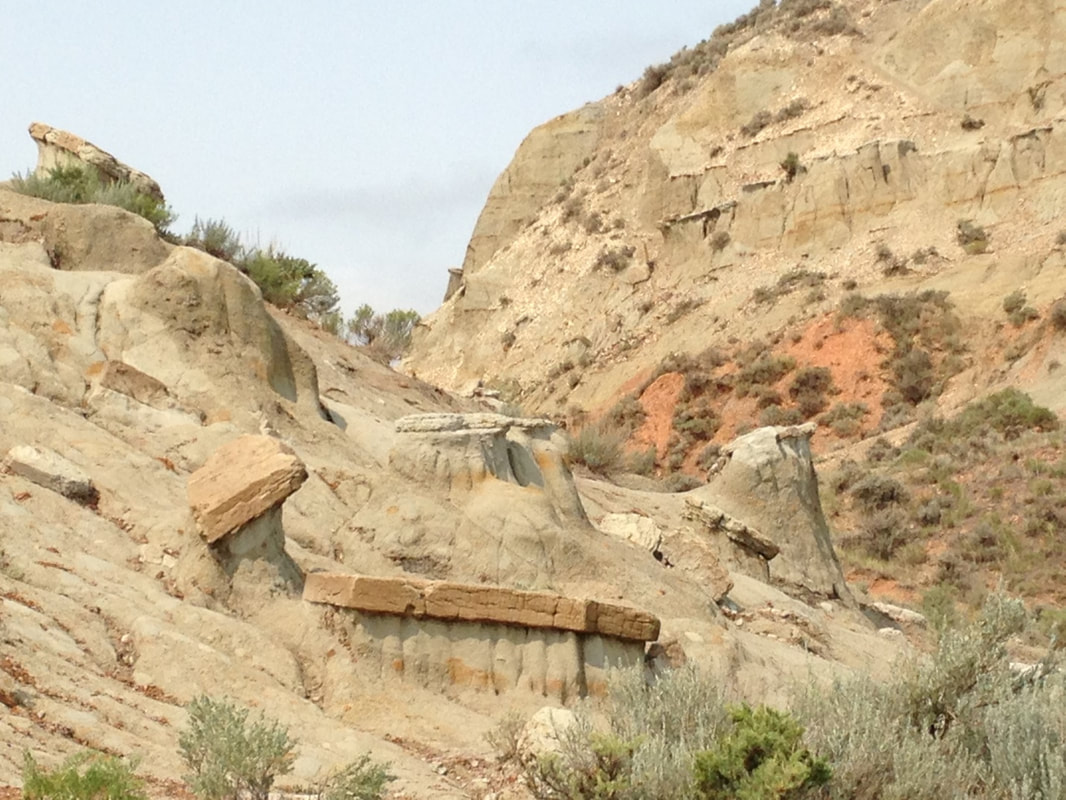
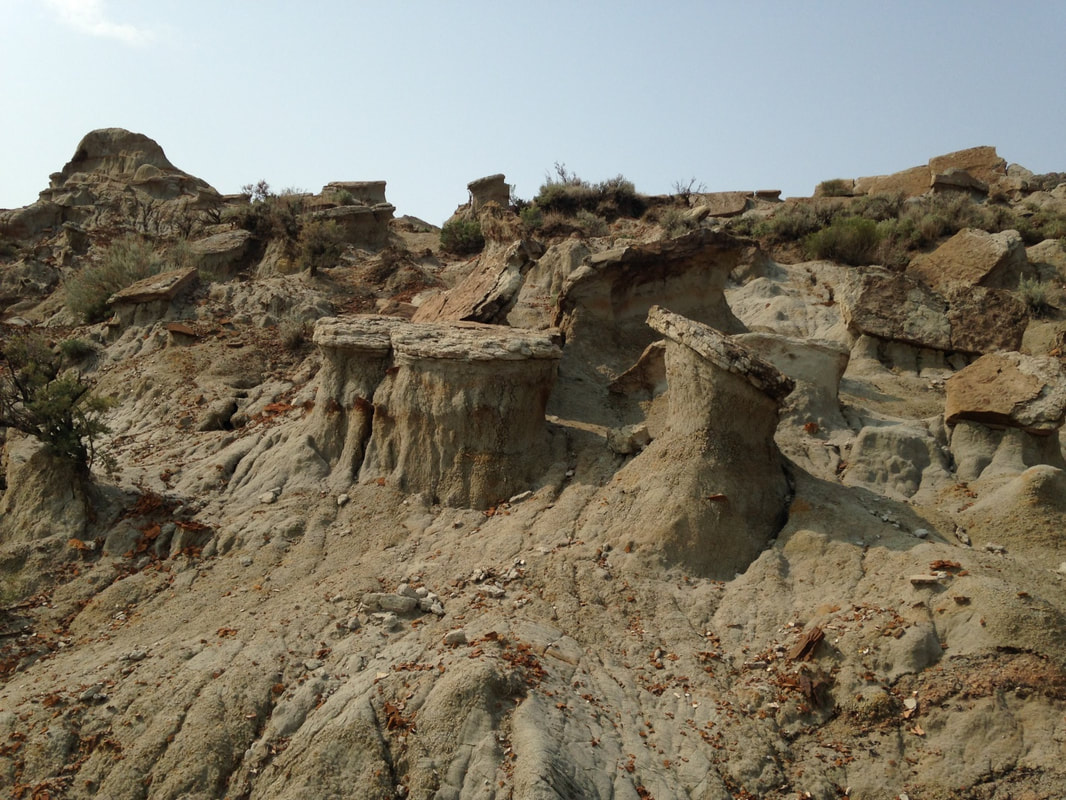
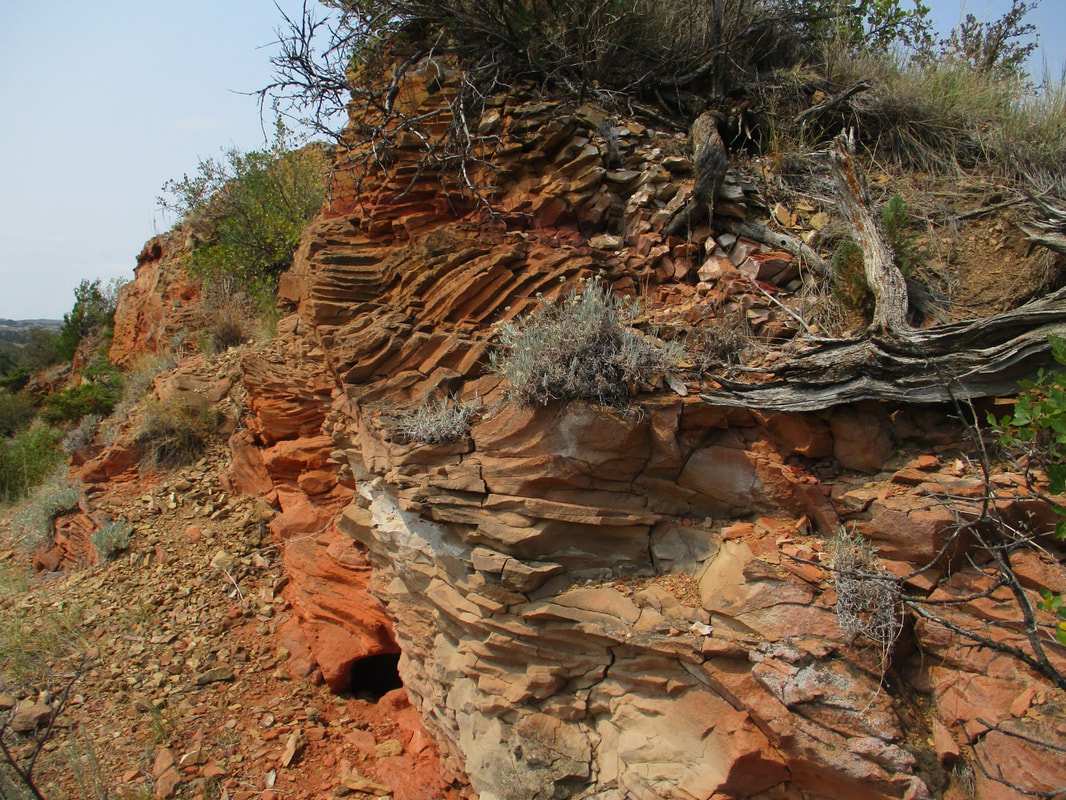
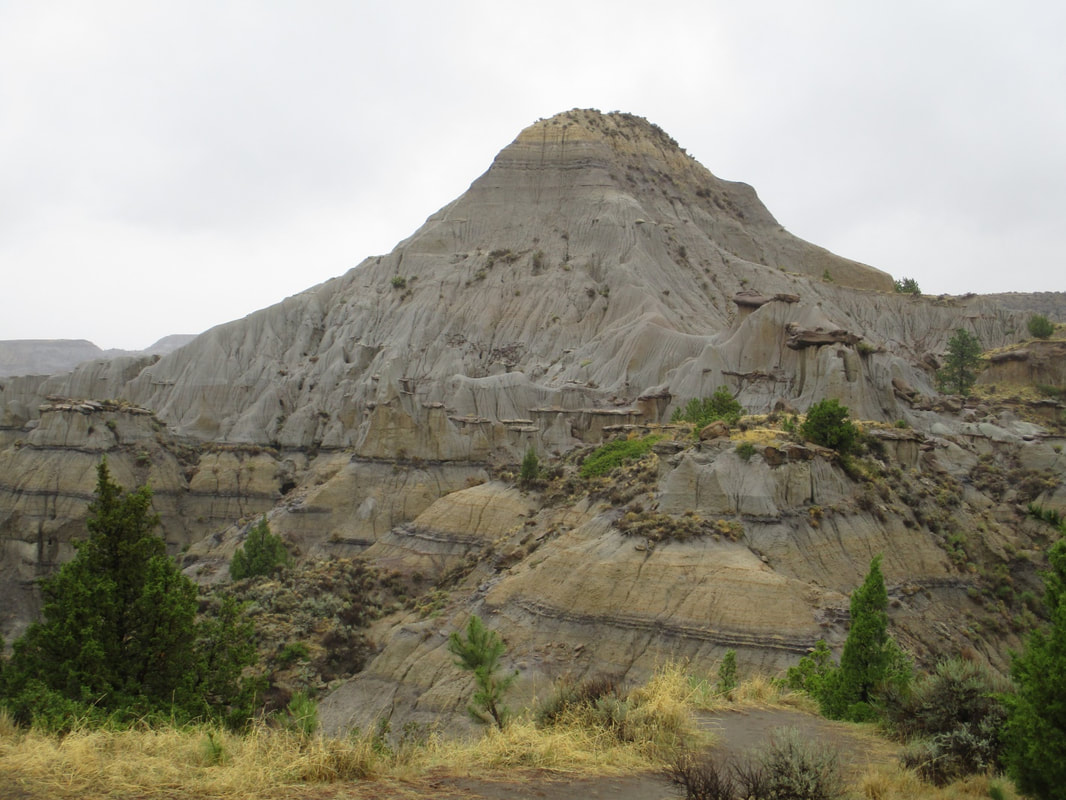
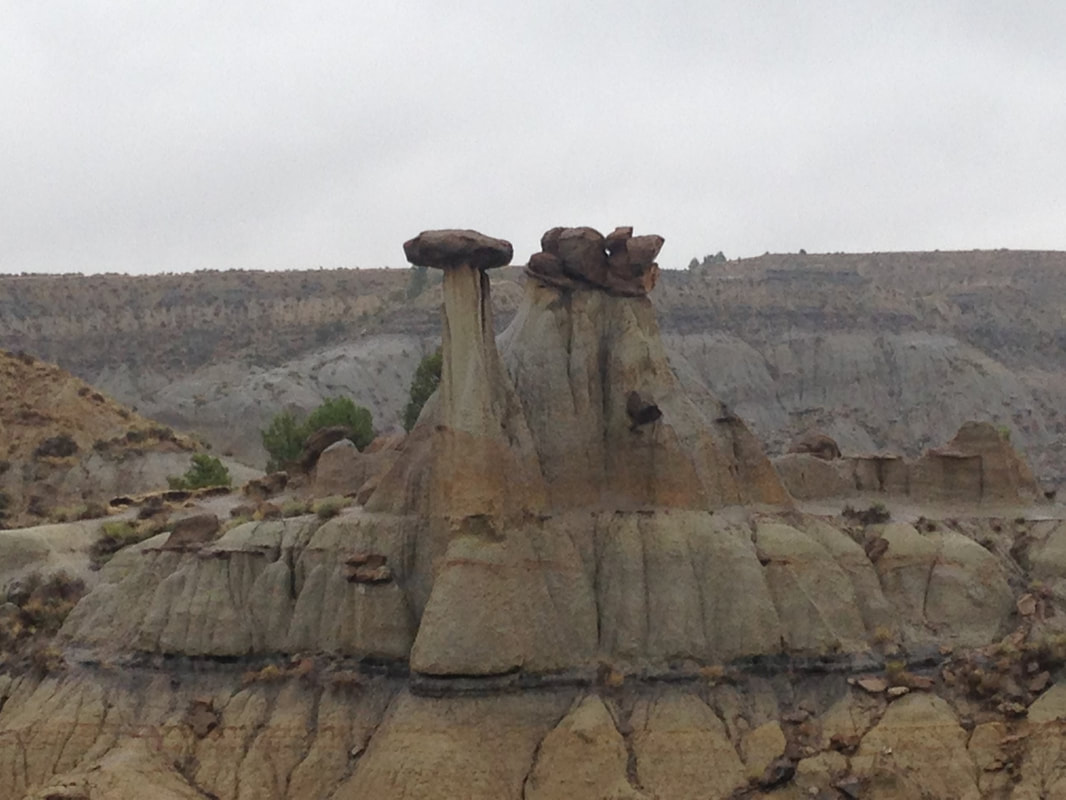
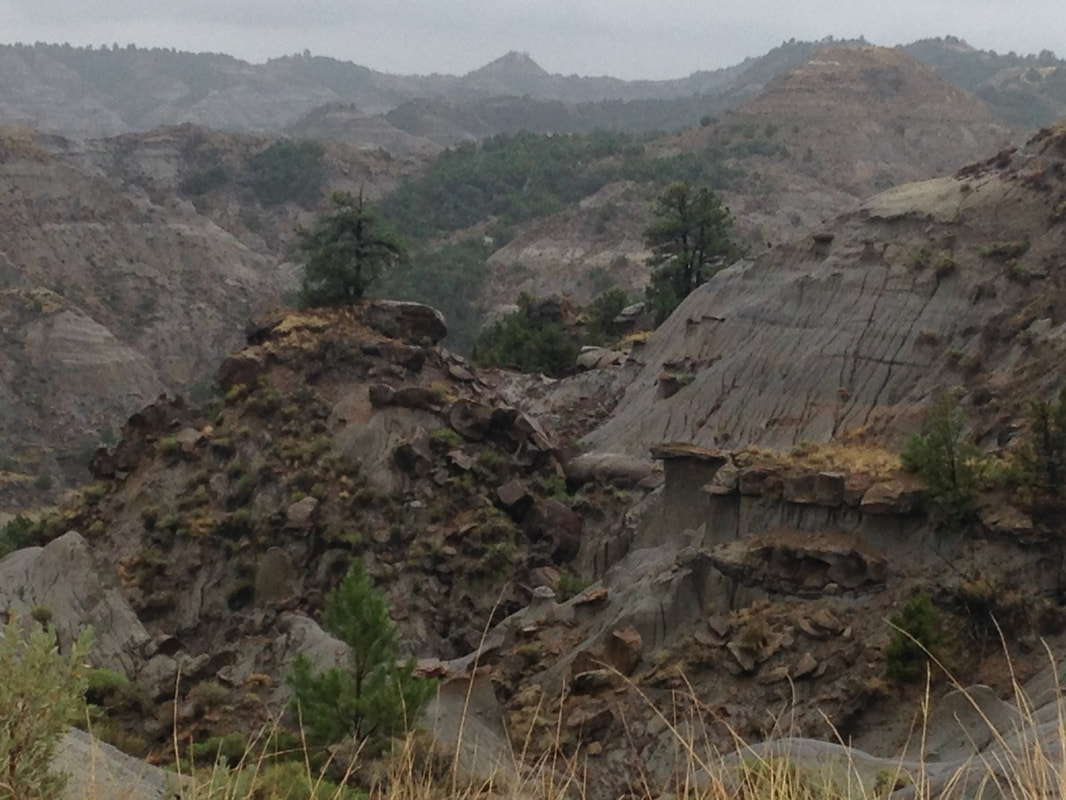
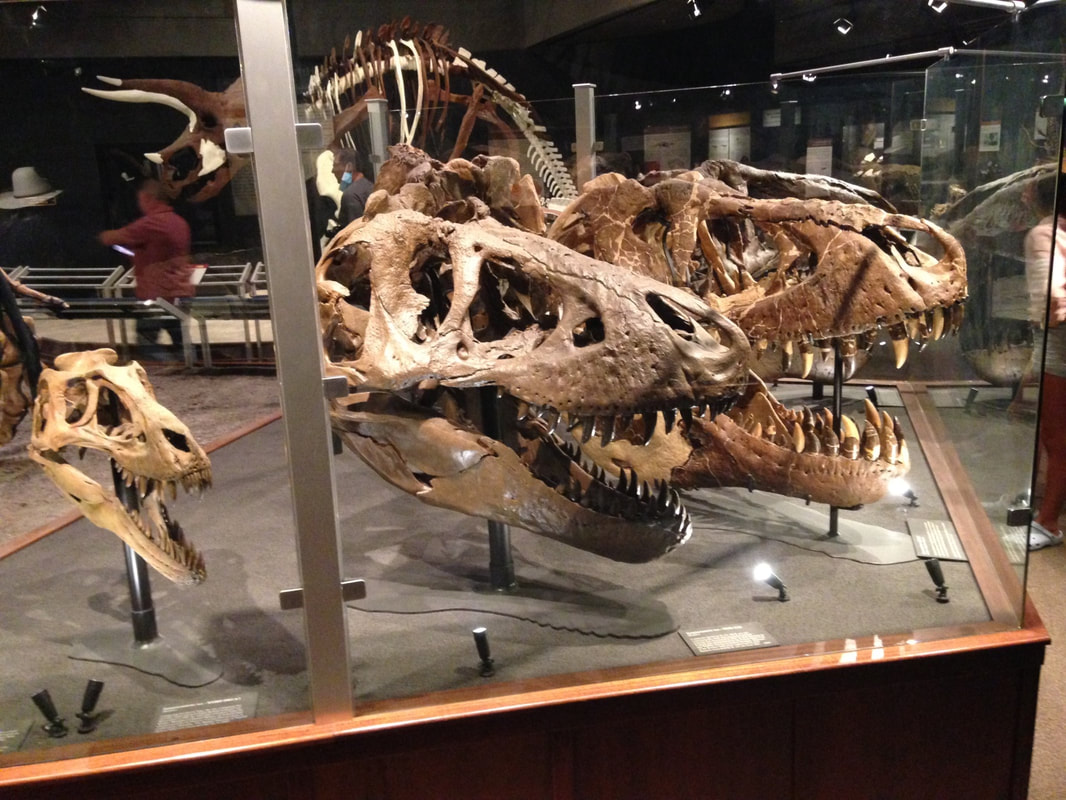
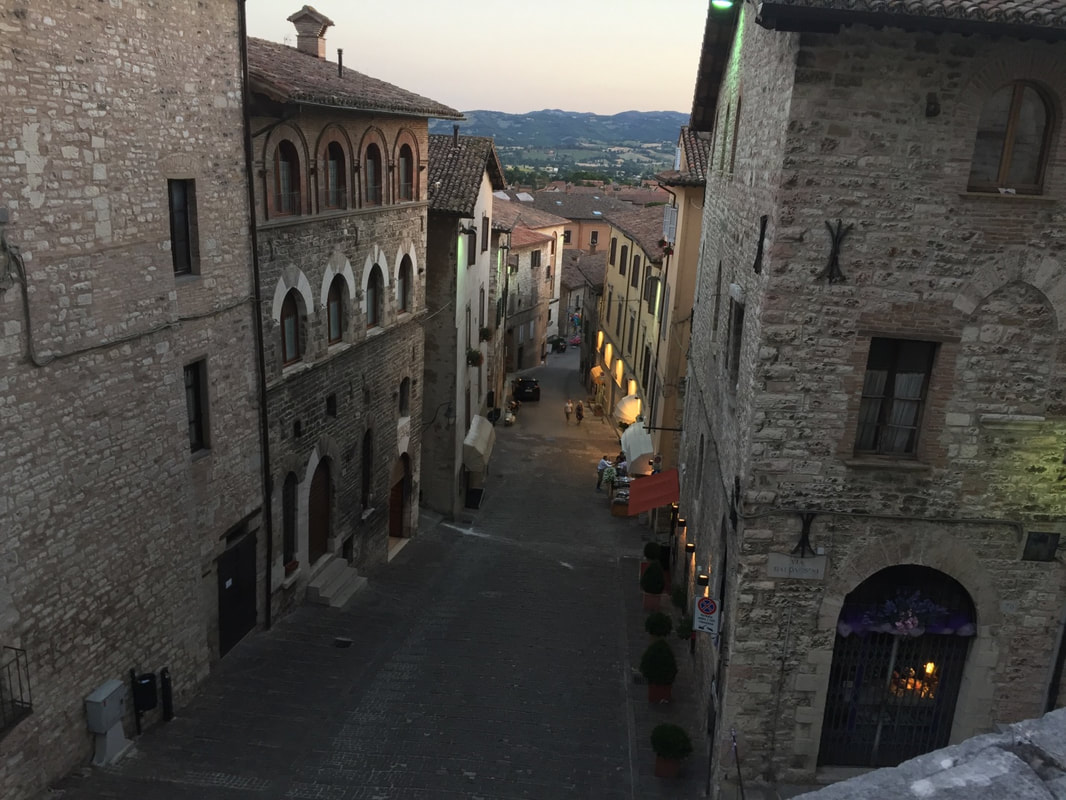

 RSS Feed
RSS Feed